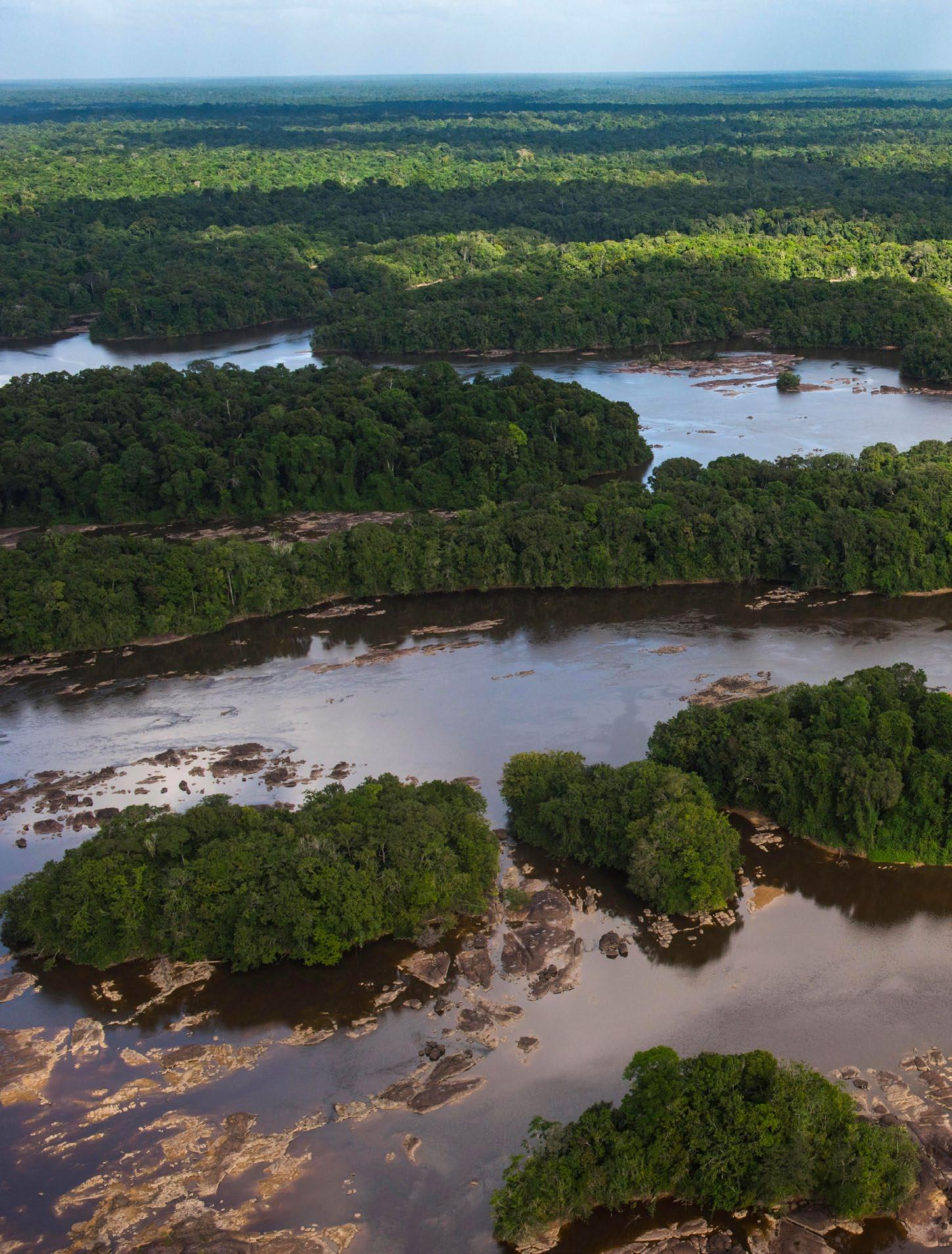Our unfinished revolution By Sunity Maharaj
I
n the spaces of an amnesia engineered through the education system has sprung the myth that there is no lineage of heroism in Caribbean peoples’ march to freedom, that our independence was the gift of a benign sovereign, and that our political and economic victories were not won by rebellious and rioting masses but by a benevolent state. We sing no hallelujahs of shared pride in the heroic stories of our Caribbean ancestors of the First Nations or of the Haitian Revolution, that most improbable of victories that gave the world the template for universal human rights so conveniently ignored by both the American and French Revolutions. Here in Trinidad and Tobago, loss of memory has broken the straight line that should be drawn between the Belmanna Labour Riots of 1876 in Tobago, the Canboulay and Hosay Riots of the 1880s, the Water Riots of 1903, the Dock Workers’ Strike of 1919/20, the Labour Riots of 1937, and the Black Power Revolution of 1970. These are but some of the headline events in the story of our ongoing and unfinished revolution compelled by an insistent longing for peace, bread, and justice in political systems that refuse to yield to the cry for representation until forced to do so. It took rebellion and rioting, not a sense of justice, to restore our humanity from enslaved property and to inch us forward from people without rights to full citizenship, even if only in name for too many in Morvant, Laventille, Beetham, and Sea Lots, to name a few. Scrubbed from all memory is the ferocious take-no-prisoners, yield-no-
6
WWW.CARIBBEAN-AIRLINES.COM
quarter stand of heroes beginning with our first freedom fighter, Baucunar, Chief of the Carinepagoto people who successfully repelled Spain’s first attempt to settle Trinidad at Mucurapo in 1531. It was a mighty battle that would launch over two hundred years of unrelenting Indigenous resistance against land capture, enslavement, and, ultimately the genocide of the civilisation that owned and nurtured this Caribbean for thousands of years before we inherited it. Among the pantheon of that first civilisation of Caribbean leaders were men and women of extraordinary courage, intelligence, and deep love and understanding of this land. Their heroic stand against European invasion is the first volume of the Caribbean’s epic story of travail and triumph. It remains to be told on the grand scale that has shaped the identity of Europe and the United States through movies, music, literature, art and drama. As the world come to grips with the concept of reparation, it should be our collective responsibility, as their cultural if not necessarily biological descendants, to place our first Caribbean ancestors at the head of the list that must include other big-ticket items like the repayment of France’s extortion of “reparations” from Haiti, now valued at roughly US$21 billion. On the agenda must be the mandate to resurrect the civilisation that first baptised this place. Among them the Taínos of Haiti, who were the first to feel the fires of European greed for gold; the military strategists of the Kalinago chiefs, who successfully thwarted Dutch, Courlander, French, and British ambition to settle Tobago; the Garifuna of St Vincent, who waged war against Britain until the European powerhouse was forced into signing its first treaty with non-white persons in the Caribbean; and the realpolitik of Goanagoanare, Chief of the Carinepagoto, and military brilliance of the Nepoyo warrior-leader Hyarima, who destabilised the Spanish occupation of Trinidad for a whole century beyond Baucunar’s stand at Mucurapo. In addition to all that must be done for our Caribbean ancestors, the Caricom Reparations Committee now led by Prime Minister Mia Mottley of Barbados must secure the return of the island of Baliceaux to the Garifuna people. This 320-acre island in the Grenadines is sacred to the Garifuna, descendants of the people known as the Black Caribs of St Vincent,





























